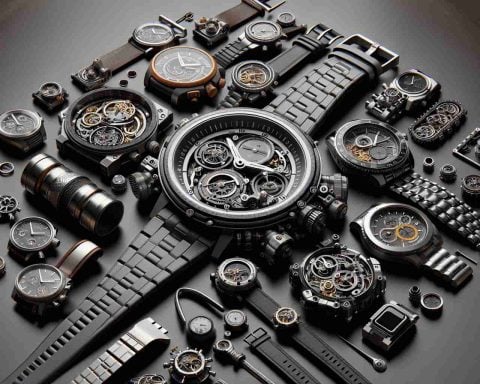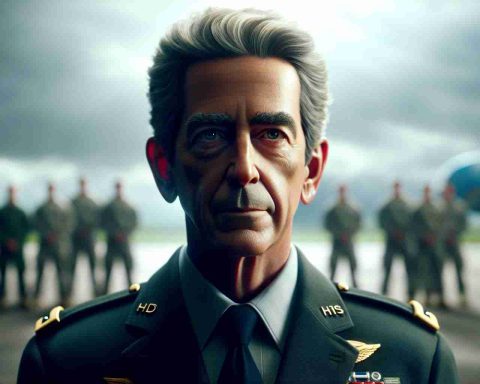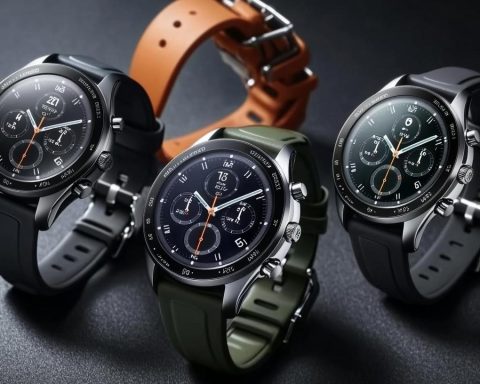The evolution of Russian military planes has been a subject of interest for defense analysts and aviation enthusiasts worldwide. The Russian Federation, inheriting the Soviet Union’s rich legacy in aerospace innovation, continues to play a significant role in the development of military aviation technology.
Russian military aircraft have historically been crucial components in both strategic and tactical defense scenarios. The modern era sees aircraft like the Sukhoi Su-57, a fifth-generation multirole fighter, which showcases advancements in stealth technology, supermaneuverability, and integrated avionics. The Su-57 is designed to compete with American equivalents like the F-22 and F-35, emphasizing Russia’s commitment to maintaining parity in aerial capabilities with Western powers.
Furthermore, airlift capabilities are bolstered by the Ilyushin Il-76, a versatile transport aircraft that remains indispensable in logistics operations, while the Tu-160 ‘Blackjack’ continues to be one of the fastest and most formidable supersonic strategic bombers.
Russian military aviation’s history is marked by innovation. From the MIG-29’s role in enhancing air superiority during its inception to the ubiquitous Mi-24 ‘Hind’ claiming a place in various global conflicts, their aircraft have become icons of military power.
In current defense strategies, Russian military planes contribute significantly to power projection and defense posture, reinforcing the nation’s influence across various geopolitical theaters. Their robust aircraft, backed by a legacy of durable designs and continual technological upgrades, ensure that Russia remains a formidable aerospace power on the world stage.
The Growing Influence of Russian Military Aviation on Global Geopolitics
The continuous innovation in Russian military aviation technology has extended its impact beyond national defense, significantly affecting global power dynamics. As Russia expands its aircraft development, the implications for international relations and defense strategies are profound.
Impact on Global Arms Trade: Russia is one of the world’s leading arms exporters, with military aircraft forming a substantial portion of its exports. Countries in Asia, Africa, and Latin America have increasingly shown interest in acquiring Russian military aircraft, attracted by their cost-effectiveness and robust performance. This not only bolsters Russia’s economy but also enhances its geopolitical influence by strengthening military alliances with purchasing nations.
Technological Exchange and Collaboration: Collaborations and joint ventures in military aviation with countries such as India and China illustrate the strategic partnerships fostered through aerospace technology initiatives. These collaborations allow Russia to exchange technology and share development costs, providing an edge in achieving technological advancements more rapidly.
Controversies and Global Reactions: While Russia’s advancements in military aviation are lauded domestically, they also spark international controversies regarding regional stability. Western nations express concerns over Russia’s military prowess, leading to heightened tensions reminiscent of the Cold War era. This intensifies the arms race and prompts countries to reassess their defense postures, translating to increased military expenditure worldwide.
In conclusion, Russian military aviation developments have far-reaching effects that ripple through global defense strategies, economic markets, and international relations, confirming its significant role on the world stage. For more insight into global defense innovations, visit Defense News.



















